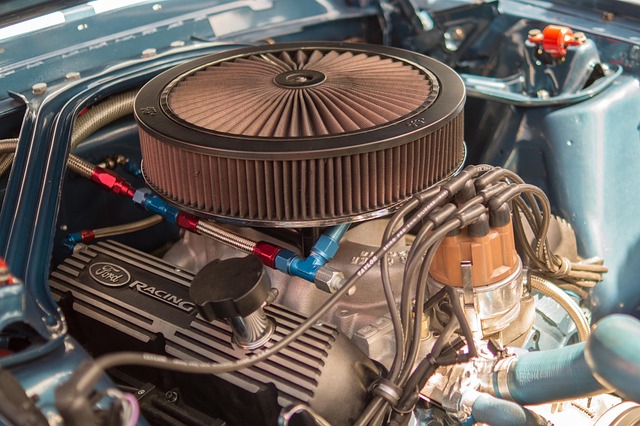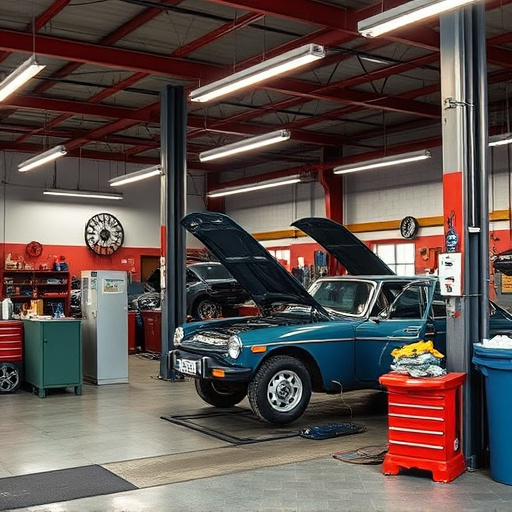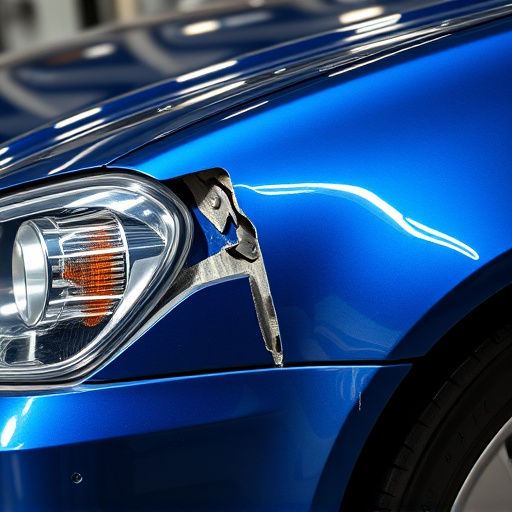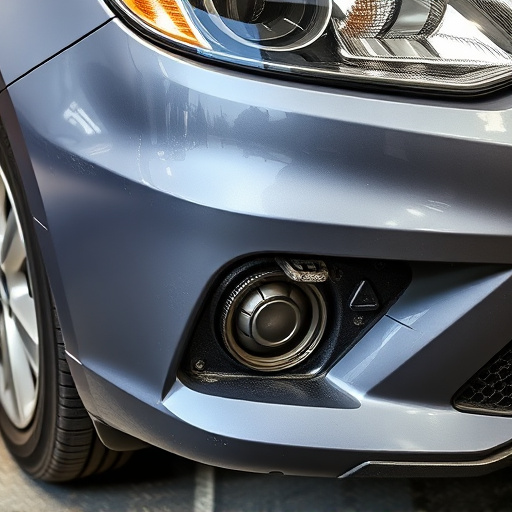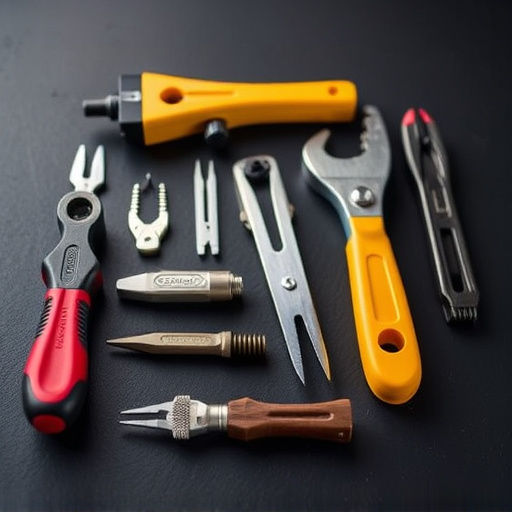Tesla's remote diagnostics after repair is a cutting-edge feature enhancing safety and accuracy by detecting subtle calibration issues often missed in routine checks. This proactive approach benefits owners and repair services by identifying potential problems early, improving reliability, and offering peace of mind for drivers, fostering precision and quality assurance within the automotive repair industry.
Tesla’s remote diagnostics have emerged as a game-changer in post-repair assessments, offering a detailed glimpse into vehicle performance. However, unexpected calibration irregularities can arise, affecting driving dynamics and safety. This article delves into understanding these anomalies, exploring potential causes ranging from sensor malfunctions to software glitches. We provide a comprehensive guide to resolving these issues, empowering Tesla owners and service centers alike to navigate the intricacies of modern electric vehicle diagnostics effectively.
- Understanding Tesla Remote Diagnostics Post-Repair
- Calibration Irregularities: Potential Causes and Effects
- Resolving Calibration Issues: A Comprehensive Guide
Understanding Tesla Remote Diagnostics Post-Repair

Tesla’s Remote Diagnostics after Repair is a sophisticated feature designed to ensure the highest level of accuracy and safety following any automotive repair, including those performed at collision centers. This technology allows for detailed post-repair assessments by remotely analyzing various vehicle systems. Through this process, subtle calibration issues that may have gone unnoticed during routine checks can be detected.
By leveraging Tesla remote diagnostics after repair, both owners and trusted collision repair services can benefit from early identification of potential problems. This proactive approach to maintenance not only enhances the overall reliability of the vehicle but also provides peace of mind for drivers. It’s a game-changer in the automotive repair landscape, fostering a culture of precision and quality assurance.
Calibration Irregularities: Potential Causes and Effects

Calibration irregularities in vehicles, especially in electric cars like Tesla, can stem from various factors. After a repair, particularly involving complex systems such as steering or suspension, these anomalies may surface due to misalignment or differences between the original and replacement parts. Even minor discrepancies can significantly impact vehicle performance and handling, leading to unsafe driving conditions.
The effects of calibration irregularities are far-reaching. For instance, in a Tesla, it could result in inaccurate speed readings, inconsistent braking response, or distorted steering feedback. In severe cases, it may compromise the overall safety and reliability of the vehicle, similar to issues that might arise in top-tier body shop services for Mercedes Benz collision repair. Therefore, Tesla remote diagnostics post-repair play a crucial role in identifying these irregularities early, ensuring optimal vehicle performance, and enhancing road safety.
Resolving Calibration Issues: A Comprehensive Guide

Tesla remote diagnostics after repair can be a powerful tool for identifying and resolving calibration issues. When anomalies are detected, it’s crucial to understand the root cause. Calibration problems often arise from various factors, including manufacturing defects, wear and tear over time, or improper installation during vehicle repair services or car body restoration processes.
A comprehensive guide to resolving these issues involves several steps. First, perform a thorough inspection of the affected components, paying close attention to sensors and control units. This may require specialized tools to access hard-to-reach areas. Once identified, replace any faulty parts or recalibrate systems as per manufacturer guidelines. For complex cases, consult with professional vehicle repair services that have experience in handling Tesla diagnostics. Regular maintenance checks can also prevent future calibration irregularities, ensuring your car operates optimally.
Tesla’s remote diagnostics play a crucial role in post-repair assessments, helping to identify calibration irregularities that may go unnoticed. By leveraging these advanced tools, technicians can promptly address issues related to sensor accuracy and system performance. Understanding the potential causes of calibration problems and implementing effective resolution strategies ensures that Tesla vehicles return to their optimal state, enhancing safety and driving dynamics. This comprehensive guide highlights the importance of continuous monitoring in the automotive industry, where precision and technology go hand in hand.

